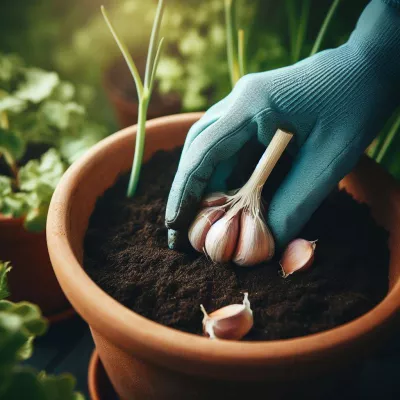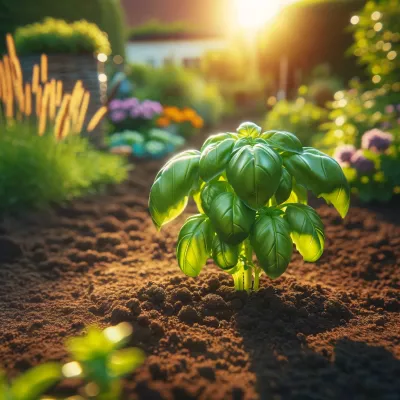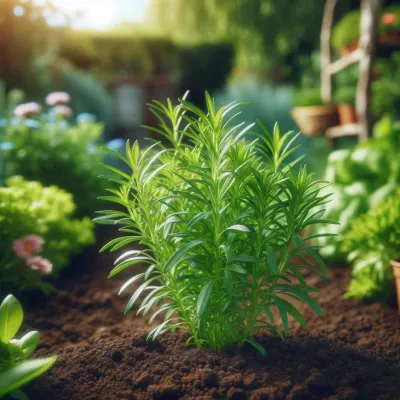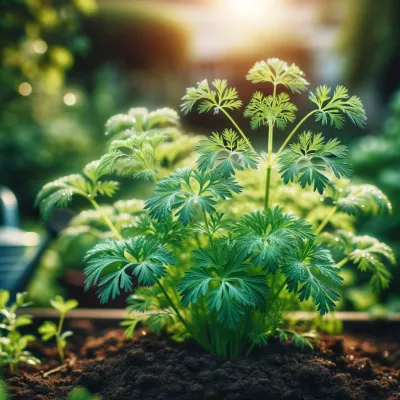

Rosemary is not only a fragrant spice but also an amazing plant that can beautify any garden or home interior. Its evergreen branches, rich in aroma, are used in cooking, traditional medicine, and even in cosmetology. Growing rosemary is an exciting and beneficial process that is accessible to everyone. But how do you grow rosemary to enjoy its health benefits and aroma? In this article, we will share proven tips and recommendations to help you in cultivating this amazing plant. You will learn how to choose the right location, prepare the soil, take care of rosemary, and avoid common mistakes. By following our advice, you will be able to grow healthy and fragrant rosemary that will delight you with its beneficial properties.
Choosing the Location and Preparing the Soil:
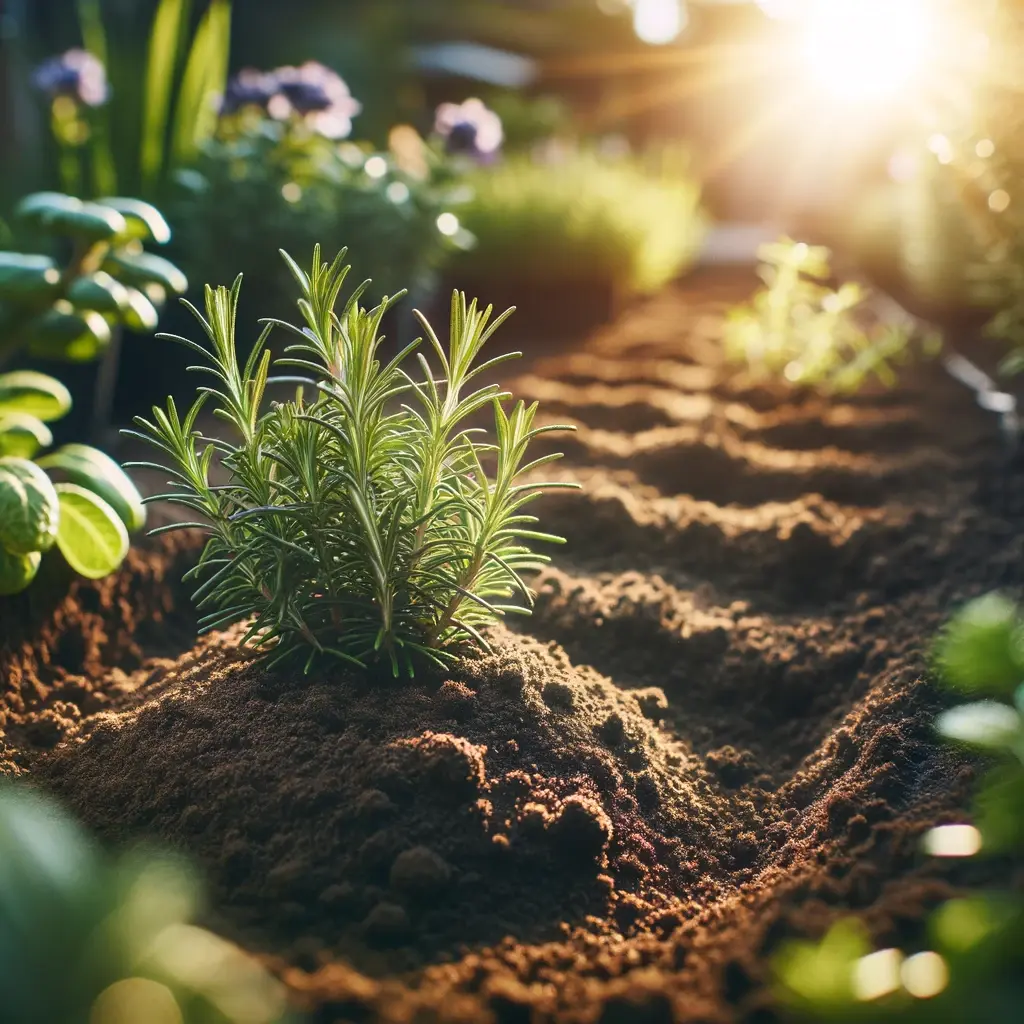
Choosing the right location and preparing the soil are key aspects of successful rosemary cultivation. This plant prefers plenty of sunlight, so select the sunniest spots for it. Rosemary thrives in well-draining soil, as water stagnation can lead to root rot. An ideal choice is light, sandy, or loamy soil with a neutral or slightly alkaline pH.
Before planting rosemary, it's important to prepare the soil. This includes removing weeds, loosening the soil, and adding sand or perlite to improve drainage. If your soil is heavy or clayey, it's recommended to create raised beds or use containers for planting. Soil care also involves regular application of organic fertilizers, such as compost or manure, to enrich the soil with nutrients. Remember that proper soil preparation is the key to the health and abundance of rosemary.
Also, consider the placement of rosemary. This plant can be a wonderful addition to your garden or balcony. When choosing a location for rosemary, think about how to grow it so that it not only pleases the eye but is also easily accessible for culinary use. Rosemary pairs well with other herbs and decorative plants, creating a cozy and useful green zone.
Common Rosemary Growing Problems:

When growing rosemary, various problems can arise, but knowing their solutions will help you maintain the health and beauty of your plant.
One of the common problems is root rot, caused by overwatering. To prevent this, make sure the soil is well-draining and avoid excessive moisture. Rosemary can also suffer from pest infestations, such as spider mites or aphids. Regular plant inspection and timely use of insecticides or home remedies can help prevent their spread.
Another problem is powdery mildew, which can occur in high humidity conditions. To avoid this, ensure good air circulation around the plant and avoid frequent leaf spraying. If you notice signs of disease, treat rosemary with appropriate fungicides. Remember that proper care of rosemary and prevention of problems guarantee the health and longevity of your aromatic plant.
Harvesting and Using Rosemary:
Harvesting rosemary is a reward for your hard work and care. The best time to harvest is in the morning when the plants have the highest concentration of essential oils. Carefully trim the desired amount of branches, being careful not to damage the main bush. Dried rosemary has a more concentrated aroma, so it can be dried in a shady place or in a dehydrator.
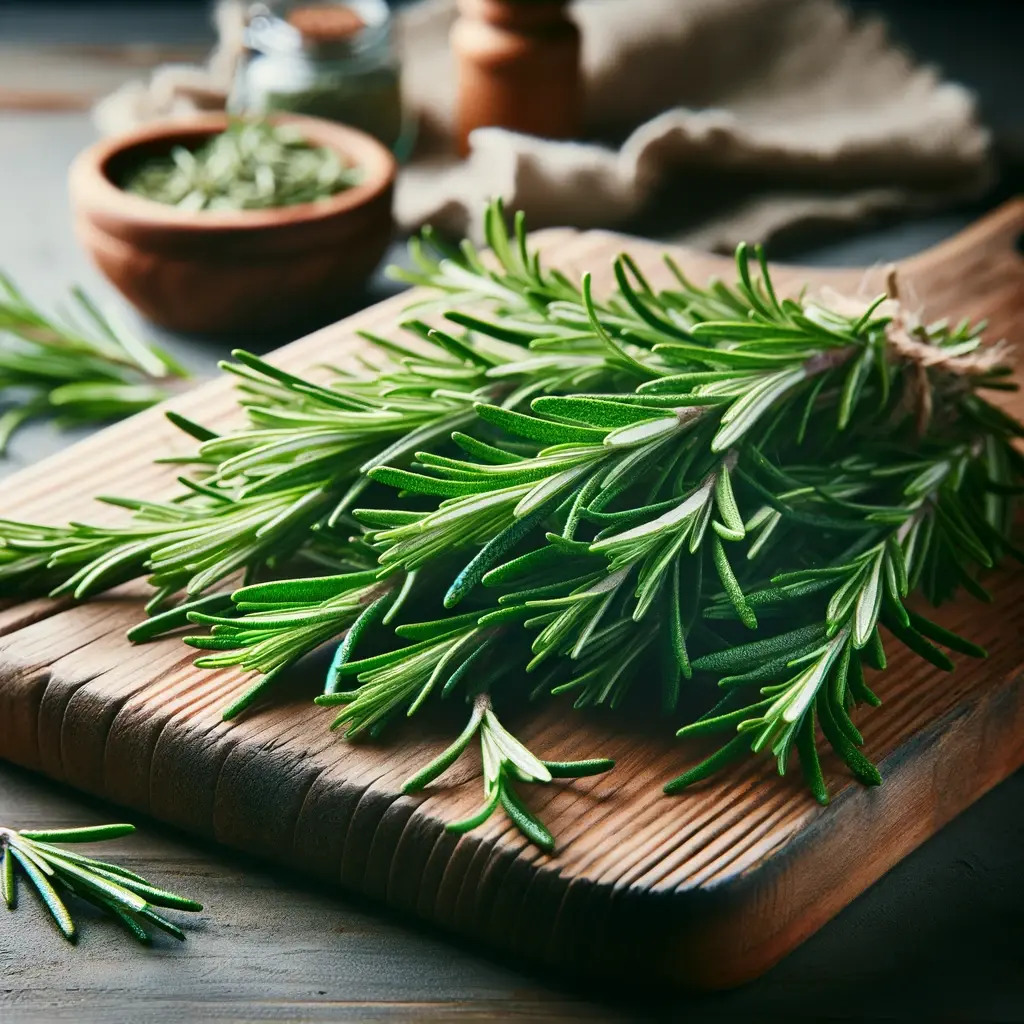
Rosemary is widely used in cooking: from flavoring meat dishes to making sauces and marinades. It can also be added to teas and infusions. Homegrown rosemary will not only enhance the flavor of your dishes but also add a unique aroma. Don't forget to experiment and enjoy every moment of using rosemary in your culinary adventures.
In conclusion, successful rosemary cultivation depends on proper care and attention to detail. We hope that our tips will help you grow healthy and aromatic rosemary. Remember that caring for rosemary is not only a duty but also a pleasure that brings joy and fragrance to your home.



 Українська
Українська
 Русский
Русский
 Deutsch
Deutsch
 Polski
Polski
 Magyar
Magyar
 Ελληνικά
Ελληνικά
 Dansk
Dansk
 Español
Español
 Italiano
Italiano
 中文(简体)
中文(简体)
 한국어
한국어
 Latviešu
Latviešu
 Lietuvių
Lietuvių
 Nederlands
Nederlands
 Norsk (Bokmål)
Norsk (Bokmål)
 Bahasa Indonesia
Bahasa Indonesia
 Български
Български
 Português
Português
 Română
Română
 Slovenčina
Slovenčina
 Slovenščina
Slovenščina
 Türkçe
Türkçe
 Suomi
Suomi
 Français
Français
 Čeština
Čeština
 Svenska
Svenska
 Eesti
Eesti
 日本語
日本語

























